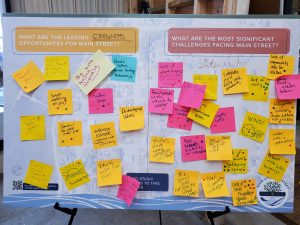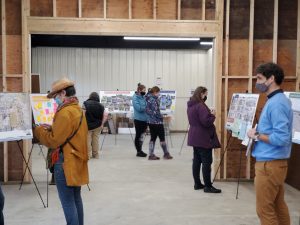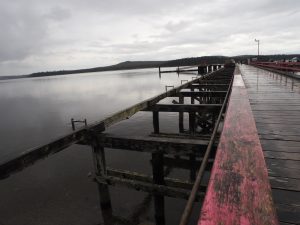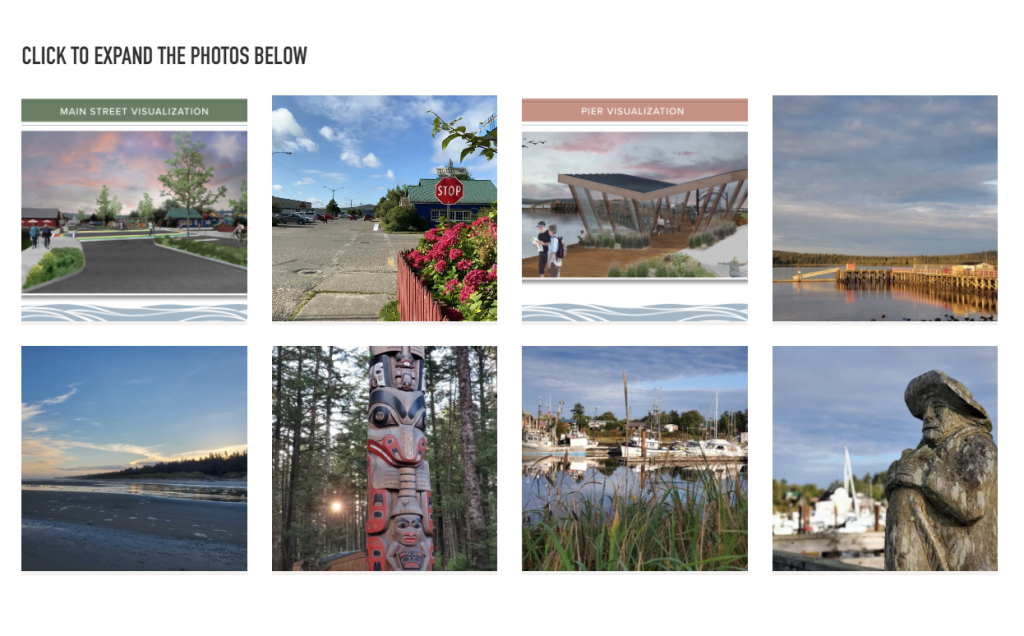On World Town Planning Day, celebrated on November 8, communities around the world reflect on the power of thoughtful urban planning to create spaces where people don’t just live, but truly thrive. This day highlights how intentional design fosters healthier, more connected communities that meet today’s needs while preserving their unique identities.

Urbanism isn’t only about the structures we build; it’s about creating environments that enhance quality of life, support local economies, and promote a harmonious balance between people and their environment. Whether in bustling cities or quiet villages, great urban planning centers on values like accessibility, safety, culture, and community wellness.
One village actively embracing these principles is Masset, tucked on the northern tip of Haida Gwaii, where time seems to move a little slower. Its streets and infrastructure have remained largely unchanged over the last four decades, reflecting both the charm and challenges of life in one of the province’s most remote corners. But now, the village is on the cusp of a transformation, driven by revitalization projects that promise to honor its history while embracing the future.
This community-driven effort, led by the Village of Masset in partnership with Urban Systems, is more than just an infrastructure upgrade. Andrew Baigent, who grew up in Masset, and the rest of the project team—including Andrew Cuthbert, Tenille Thompson, Jeryn Mackey, and Shasta McCoy—are working with the local community to bring these projects to life. Together, they’re aiming to create a vibrant, functional space where residents and visitors alike can gather, connect, and thrive. With prior experience in Haida Gwaii communities like Daajing Giids and Skidegate, the team is well equipped to address Masset’s unique needs.

The revitalization effort began with a strong focus on community engagement, including an open house at the local farmer’s market, where more than 100 residents shared their thoughts and concerns. “The level of energy and participation from a community of this size was really exciting to see,” said Andrew Cuthbert. “It was an opportunity to build relationships not just between the design team and the village, but also between the community members themselves.”
A key challenge in the design process was the layout of Masset’s main street, with its expansive pull-through parking. Initial designs suggested angle parking and a landscaped boulevard, but feedback from local residents led to revisions that maintained the pull-through parking while adding curb extensions for improved safety. “When you turn onto the main street, it’s not obvious it’s a one-way street,” Tenille Thompson explained. “These changes will help clarify functional uses and make the street safer and more enjoyable for pedestrians and drivers.”
The revitalization extends beyond the streets and infrastructure. The team is also working on renovating the aging pier and have plans to construct a community pavilion in Masset Park in 2025. Although Masset is part of Haida Gwaii, its public spaces have had limited representation of Indigenous art, so the team wants to make sure that Haida art will reflect the local culture. A groundbreaking ceremony for the pier included a blessing by a local Elder, which marked the start of this significant transformation. “The excitement from the community is palpable,” Tenille noted. “It’s been decades since Masset has seen any major changes, and now, it feels like the beginning of something new.”

The project extends beyond the streetscape and pier. Future initiatives include plans for creating a new park on the site of the old army barracks, complete with a playground, pump track, skatepark, and open space for kids and families to enjoy. As Tenille shared, “There are many kids here, and not many places for them to play. This project will make a big difference for families.” These upgrades will significantly expand recreational opportunities for both residents and visitors alike.
The project’s community-driven approach and commitment to heritage have already garnered recognition, earning an honourable mention at the PIBC Awards for Excellence in Planning Practice. This acknowledgment highlights the project’s impact on rural communities and its potential to inspire similar revitalization efforts across small towns in BC.
With the community’s enthusiasm and a team committed to seeing it through, the Masset revitalization is poised to make a lasting impact. As the project moves toward its February 2025 completion, Masset is ready for its next chapter—a vibrant, welcoming village that honors its heritage and embraces a promising future. With plans for tourism growth and continued community engagement, Masset is on its way to becoming a destination that embraces its roots while welcoming new opportunities.
